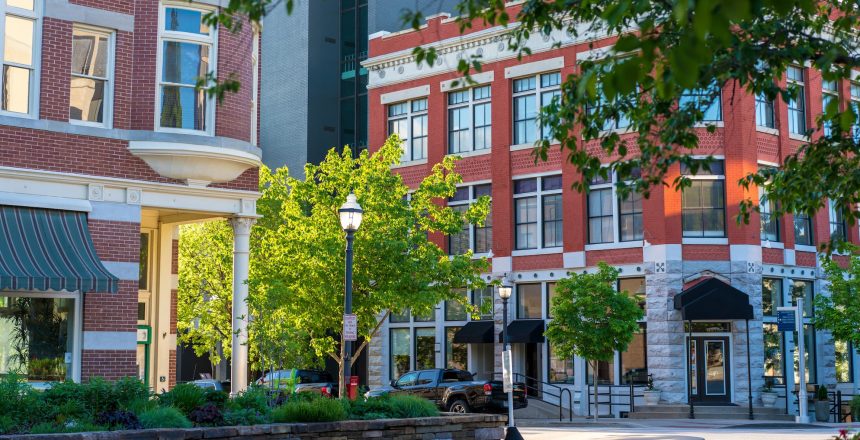Several factors must be considered before restoring a commercial building. From damage repair to refinishing, the restoration process involves multiple steps. Here are a few things you should consider when restoring a commercial building with a brick or concrete exterior.
Age of the Building
Before starting any renovation project, you should deduce whether the age of the building facilitates an easy restoration or not. A host of factors, including weather, age, and building usage, contribute to the decay of building exteriors and interiors. Sometimes the source of the problem is obvious; other times, it’s uncovered only after considerable exploration. The older the building, the more likely outdated features, like plumbing and electrical systems, must be reinstalled.
Older buildings are harder to restore because of the number of problems that need to be fixed. Water and heat damage, problems with wiring, cracks in the exterior, etc., are just a few to mention. Before starting with building restoration, look into all the aspects and ensure it fits your budget. Call DC Byers in Grand Rapids at 616-538- 7300 if you have any questions regarding restorations.
Safety
Safety is one of the main factors you must consider before restoring commercial buildings. Extra safety measures must be taken, and building restoration must follow city safety guidelines for construction. If the building is old and severely damaged, it is best to inspect by professionals to pinpoint trouble areas that need immediate fixing. Ensure to install emergency alarms, check whether water repellent was installed into the brick or concrete frame, and check that the sump pump and drainage system are in good working condition.
Damage Mitigation
An inspection will help uncover any damage the building has incurred over the years. Cracks and stains on walls indicate water damage. The main source of the issue must be tracked down and addressed immediately. For instance, poor drainage from the roof overflow is likely due to water damage to lower sections of walls. You might need to install an updated drainage system to reroute the water to prevent it from collecting on the walls, preventing future damages.
Initial Cleaning and Basic Repairs
The second step after building inspections is usually the cleaning process to enable assessment of the walls’ condition. Commercial washers are usually used during commercial building restoration to remove dirt on the walls – both the interiors and exteriors need to be cleaned. Cleaning could become difficult if a building made of concrete or brick hasn’t been waterproofed.
It is best to use industrial cleaners to get rid of collected dirt and mold. After the walls have been cleaned and signs of damage have been assessed, the repair process can start. For a concrete or brick wall, this merely involves replacing any damaged mortar and filling in minor cracks. If the building has exterior cladding, the cladding might need to be replaced, and holes must be taken care of. Severely damaged walls might need to be rebuilt.
Refinishing
Once the walls have been cleaned and brought back to their prime condition, you can refinish them. A multitude of refinishing options are viable, from painting, cladding, and veneer. You can add stone veneer on the lower half of a building’s concrete wall and repaint the interiors to compliment the image of the brand your building represents. After the paint job is completed, it is extremely important to seal the brick or concrete exteriors to prolong the restoration. A sealer will protect the building from sunlight and water damage and will fill in the porous walls to prevent water leaks or staining on the concrete walls.
When every detail has been considered, restoration becomes an easy process. Make no compromises with any aspect of the restoration process. These tips will help you decide when restoring a commercial brick or concrete building.
